For the past 18 months, my company, New Dimension Construction, has been involved in the renovation of a 3,800-square-foot Midcentury Modern–style home in Rhinebeck, N.Y. The project is a blend of design features faithful to the home’s original style—namely clean and simple lines (particularly with regard to the interior finishes)—and increasingly common eco-conscious amenities such as an 85-panel solar array on the main roof, geothermal heating, and cooling, and an earth roof on a detached pool house.Read Full Article >
Press
Greek Revival Column Repair
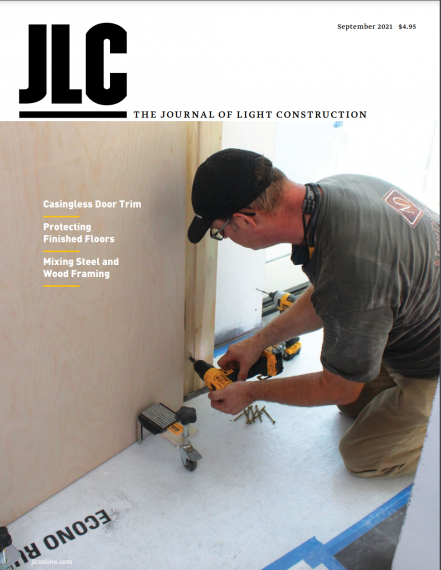

Durable Wood Fencing
Finishing up a recent remodeling project, my company, New Dimension Construction, was tasked with installing custom-built cedar fencing around the home’s newly installed in-ground pool and garden area. The homeowners preferred to use wood instead of more durable materials for aesthetic reasons and chose a fence design made from western red cedar and heavy-gauge galvanized wire mesh.
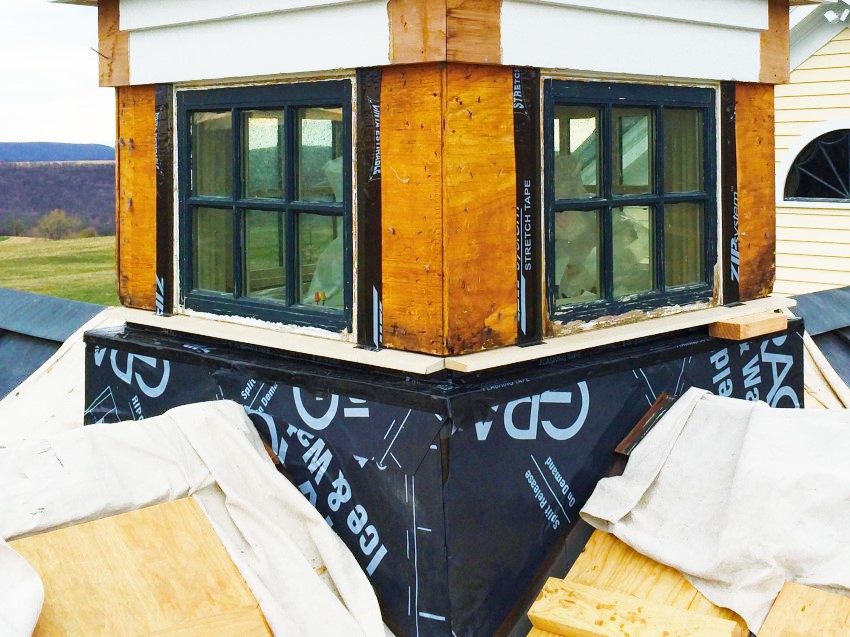
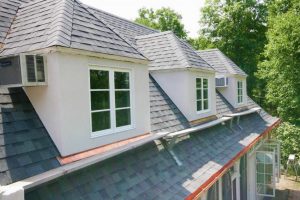
Best-Practice Apron Flashing
My company has done a fair amount of remodeling work on older homes, and over the years we’ve grown accustomed to working with copper, using it for roof flashings on both remodels and new construction, budget permitting . Read Full Article >
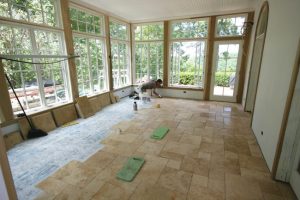
Warm Stone
The floor was installed over electric radiant heating in a house that would not be used continuously through the winter, and the goal of the electric radiant was only to help temper the room, while primary heating was supplied by a mini-split heat pump. Read Full Article >
Fixing a Poorly Flashed Cupola
According to the homeowners, there had been gradual, periodic leaking around the interior light well since the home’s construction. After a particularly bad storm last summer, the water staining worsened, prompting them to remove the damaged drywall—exposing open-cell-foam-filled stud bays and water damage to the framed enclosure. That’s when they called us. Read Full Article >
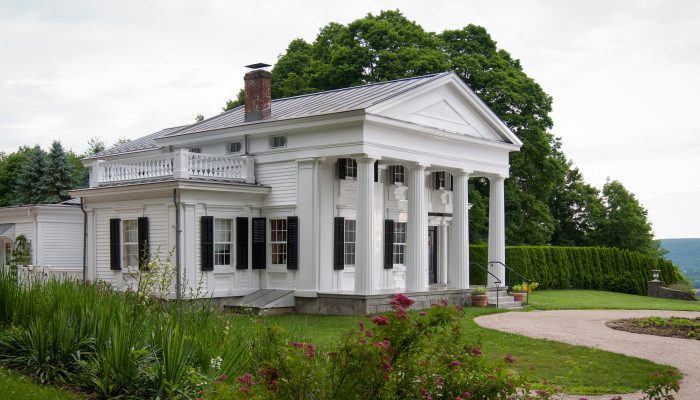
Greek Revival Column Repair
Working with the owners on the design to refurbish the entry, we decided to re-frame the front porch with pressure-treated lumber, install new fir tongue-and-groove decking, and add stone steps and a stone-veneer foundation. Along with repairing the columns we would restore the colonnade to its proper “Doric order,” with the shafts of the columns bearing directly on the new porch deck. Read Full Article >
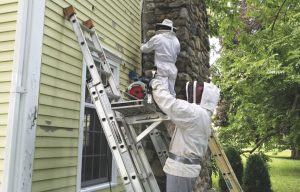
Honey Bee Rescue
It’s important to orient panels the same way and to work in one direction because the foam overhangs the OSB slightly on one long and one short edge to ensure proper gapping. Read Full Article >
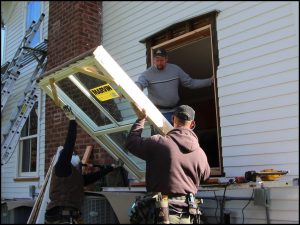
Replacing Windows From the Exterior
Last fall, my company, New Dimension Construction, replaced 23 single-pane windows in an 1860s-vintage farmhouse in Dutchess County, N.Y. The homeowners had grown tired of the old, drafty windows and their quirky traits (their operability ranged from “frozen” shut to closing too quickly, much like a guillotine), so they decided to upgrade them. Read Full Article >
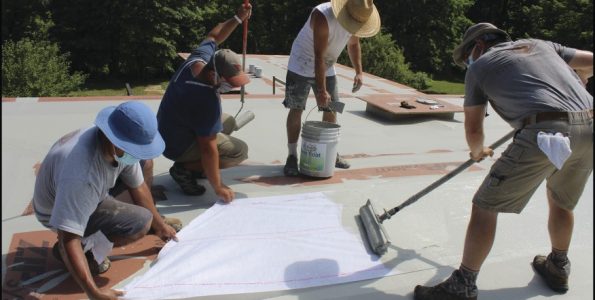
A Versatile Fluid-Applied Roofing Solution
Most of the time, we sub out the roof work on our projects, but not always. Occasionally—because of scheduling issues or some unique aspect of the job—we tackle the roofing ourselves. That was the case for a renovation project we recently completed, which included two 15-square, low-slope roofs with planned solar arrays. Because of the numerous roof-to-deck anchors needed to support the PV panel stanchions, we decided to install Acrylabs, a seamless, fluid-applied acrylic elastomeric roof system, rather than an EPDM or other single-ply membrane. Read Full Article >
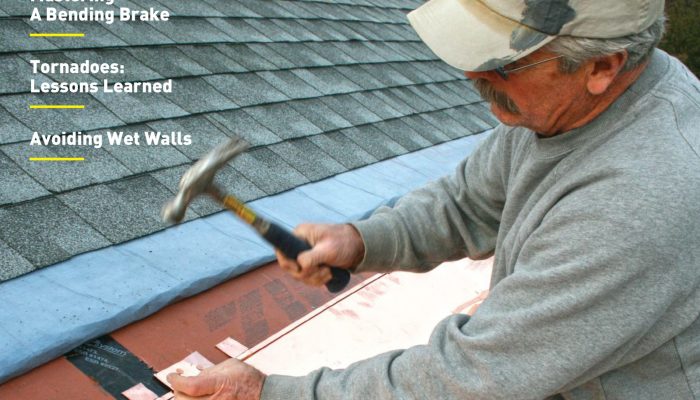
Getting Out of the Field
My father, Dale Diamond, and I are partners in a residential remodeling business in Millbrook, N.Y. Together, we run an 11-person company; we have six employees working on site and five in the back office (including Dale and myself, and three part-time employees who help with marketing, bookkeeping, and administration). Read Full Article >

Updating a Formal Fence
Recently, the client asked us to replicate the unique fence surrounding a 30-by-30-foot English-style formal garden. Though not historic, the 12-year-old red-cedar fence was already starting to deteriorate. Read Full Article >
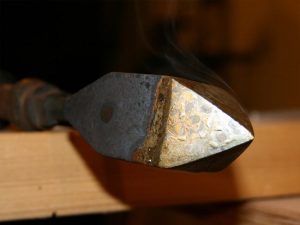
Soldering Seams
Soldering is two-handed work: One hand works the iron, the other controls the solder stick. While holding the iron at a shallow angle with the tip against the metal, press the solder stick against one facet of the tip until a drop of melted solder forms, then use the iron to spread the drop across the seam. Read Full Article >
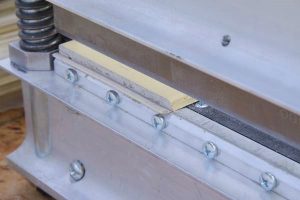
Field Tested: A Dustless Siding Shear From Bullet Tools
A super stiff, very sharp blade mounted beneath a lever shears the material when pressure is applied on the lever. The resulting cut is crisp and smooth, and this method allows the user to skim material off in very small increments. Read Full Article >
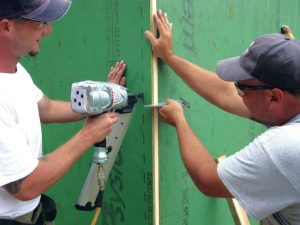
First Time using R-Sheathing
It’s important to orient panels the same way and to work in one direction because the foam overhangs the OSB slightly on one long and one short edge to ensure proper gapping. Read Full Article >
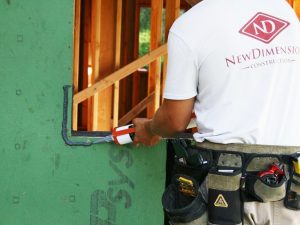
On Site with Liquid Flash
After making sure that the rough sills were free from debris, wood splinters, and other contaminants, we started off by running a thick bead of Liquid Flash at the corner of the rough opening. Read Full Article >
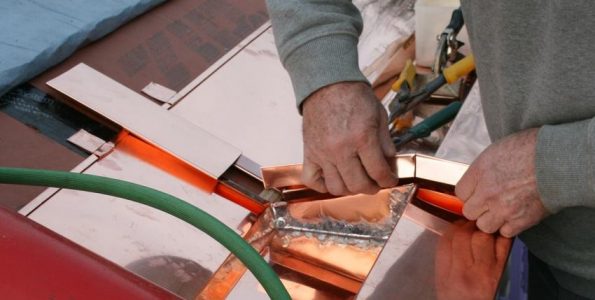
Replacing a Wooden Gutter
With older homes like the one here, substandard framing and years of snow and ice loads cause the exterior walls to bow in the middle (the ends are more resistant to lateral forces due to their proximity to corner framing), which also brings the top of the wall out of level—with the middle being lower than the ends. Read Full Article >
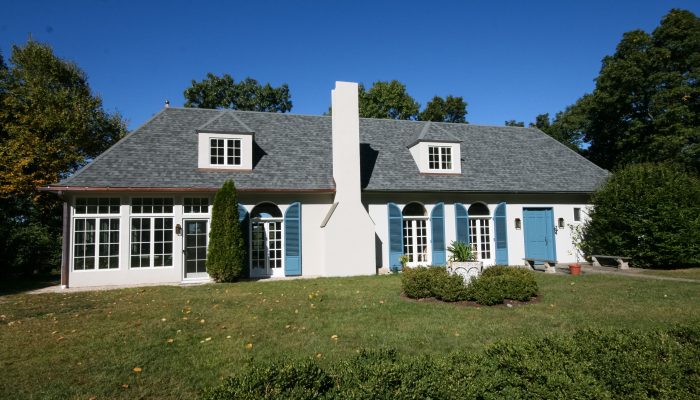
A Room for all Seasons
Last November, my company began remodeling a French cottage–style home in the Hudson River Valley region of New York. Built in the late 1960s, the existing wood-framed structure was set on a slab-on-grade foundation. It had half-round transoms above the doors and windows, a cementitious exterior veneer, and a hip roof with steep, unequal pitches and a curved “flare” at the eaves—all in keeping with its architectural style. Read Full Article >
Installing a Flat-Seam Copper Roof
A few years ago, I was asked to install a flat-seam copper roof on a new entry portico. The homeowners chose copper for its longevity and because the roof was visible from windows located in a second-story sitting room. My company, New Dimension Construction, was subcontracted only to do the copper work. Read Full Article >

